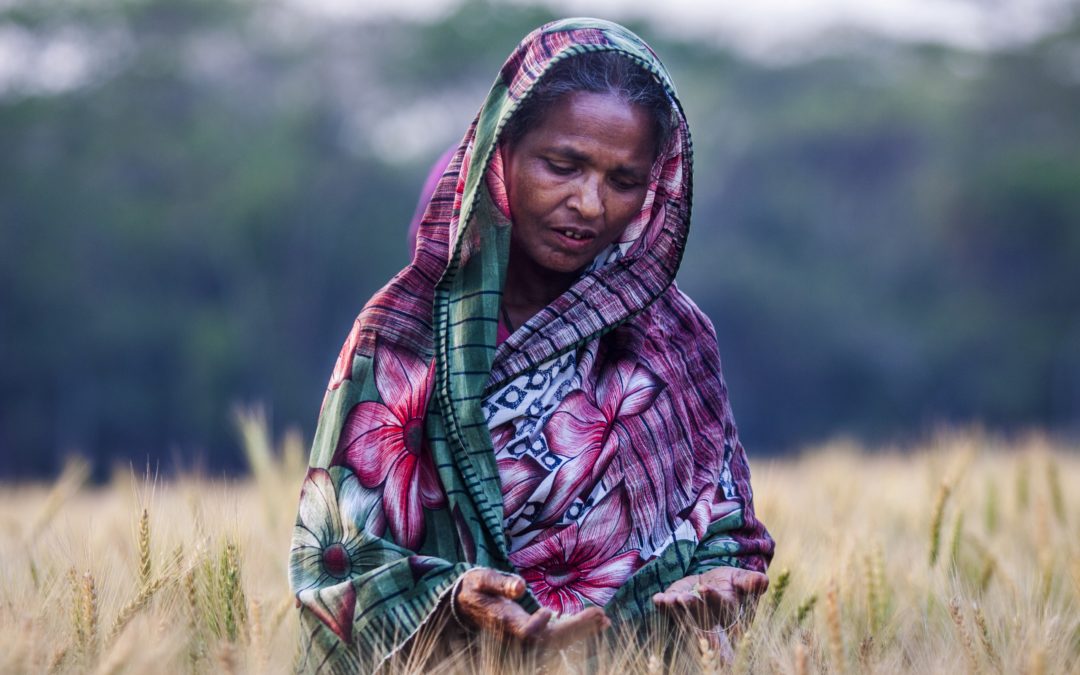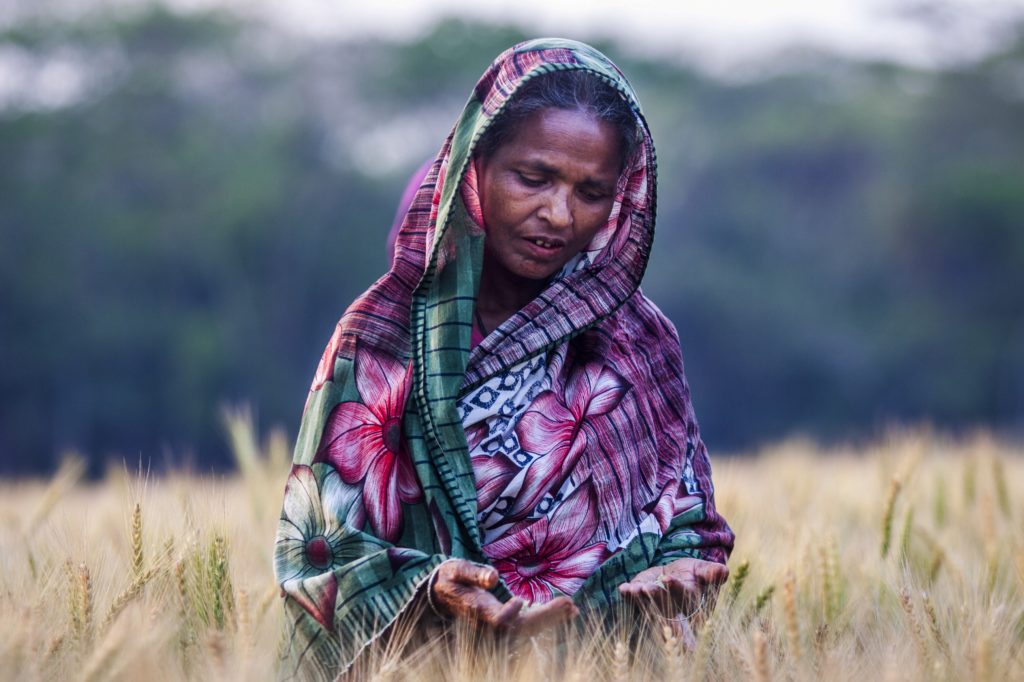Digital Warning System Boosts Resilience in Bangladesh
The 2017 Inspire Challenge project “Using IVR to connect farmers to market” is leveraging digital tools so that farmers in Nepal can better prepare for crop outbreaks.
A new digital early warning system can help farmers and scientists get ahead. It integrates mathematical models that, when combined with weather forecasts, can simulate disease growth and risks to provide an advanced warning about potential wheat blast outbreaks. With three years of data already recorded, the system — originally piloted in Brazil, where the wheat blast originated in 1985 — is being rolled out across Bangladesh to deliver real-time disease updates to extension workers and smallholder farmers via SMS and voice message.
“Through collaborative research with Professor Jose Mauricio Fernandes, a crop pathologist from Embrapa, and Mr. Felipe de Vargas, a computer scientist with Universidade de Passo Fundo, we have established a model to identify areas at risk of wheat blast infection with five days advanced warning,” said Timothy J. Krupnik, senior scientist and systems agronomist at the International Maize and Wheat Improvement Centre (CIMMYT). “It can provide Bangladesh’s 1.2 million wheat farmers a head start against this disease.”
This data-driven early warning system analyzes environmental conditions for potential disease development in crucial wheat-growing areas of Bangladesh and Brazil. Using this information, the system generates forecast maps and automatic advice for farmers of where and when an outbreak is most likely to strike.
This innovation can also save wheat farmers money. Many apply fungicides on a calendar basis — between two to three times per season — as a preventative measure. This is costly and risks negative environmental effects. Now, the early warning system can push advice to extension agents and farmers, indicating when disease control is really needed.
“Our hope is that it will help reduce unnecessary fungicide use and empower farmers to implement cost-effective and resilient practices to overcome wheat blast risks instead,” Krupnik said.
With wheat as a key crop in Bangladesh, the digital warning system will help prepare farmers to get a head start to reduce the impact of wheat blast with crucial advice from extension agents in areas of need.
Visit the project’s webpage for a detailed look at the development of the digital warning system.
These efforts were supported by the USAID-funded Climate Services for Resilient Development Project (CSRD) in South Asia, Feed the Future- and Bill and Melinda Gates Foundation-funded Cereal Systems Initiative for South Asia (CSISA), and the CGIAR Platform for Big Data in Agriculture.
October 28, 2019
Feed the Future
Related posts
- New atlas reveals climate-critical rangelands cover half the world’s land surface, supporting millions of people and critical ecosystems—yet often ignored despite threats
- 2020 Convention session – 2020 Inspire Challenge pitches
- CGIAR awards Inspire Challenge winners 700K to respond to food system crises
Latest news






